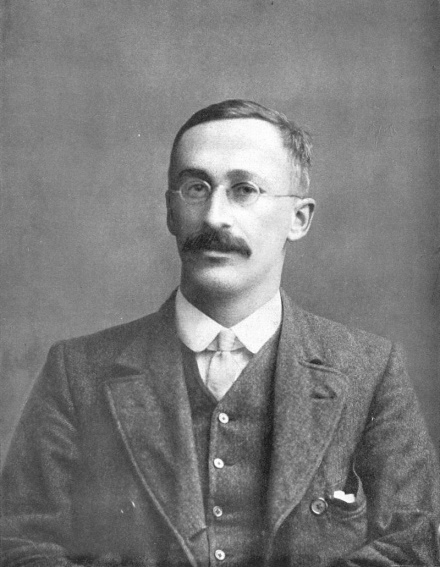
William Gosset discovered the t-distribution while working for the Guinness brewing company. Because his employer prevented employees from publishing papers, Gosset published his research under the pseudonym Student. That’s why his distribution is often called Student’s t-distribution.
This story is fairly well known. It often appears in the footnotes of statistics textbooks. However, I don’t think many people realize why it’s not surprising that fundamental statistical research should come from a brewery, and why we don’t hear of statistical research coming out of wineries.
Beer makers pride themselves on consistency while wine makers pride themselves on variety. That’s why you’ll never hear beer fans talk about a “good year” the way wine connoisseurs do. Because they value consistency, beer makers invest more in extensive statistical quality control than wine makers do.

Is there more than one case? If we take Gosset out of the equation, are we left with a large number of beery statisticians?
I do not think I buy that explanation.
As two more datapoints priestly got the Carbon dioxide he needed from a brewery
http://en.wikipedia.org/wiki/Joseph_Priestley#Natural_philosopher:_electricity.2C_Optics.2C_and_soda_water
Joules discoverys around heat are credited with his use of precise brewers thermometers which were the only ones accurate enough at the time for scientific and industrial uses
http://en.wikipedia.org/wiki/James_Prescott_Joule
Also Gutenberg’s printing press is widely credited to have been aided by the technology of wine presses.
http://www.ideafinder.com/history/inventions/printpress.htm
I do not present this as a “good” example, but simply a data point:
http://www.sixsigmaranch.com/six-sigma
Excellent note, thank you.
That’s interesting. I would’ve thought, though, that there were way more different types of beer than types of wine.
Maybe they’re like cats and dogs, in that there are a relative small number of cat breeds with a lot of variety within each breed (like wine), whereas there are a vast number of dog breeds with very rigid characteristics for each one (like beer).
This just goes to show that many statisticians such as Gosset, Florence Nightingale and Deming to name a few actually, use their knowledge and expertise for a very real use whether that be to produce better Guinness or save patients lives. Statistics can make a difference.
Champagne makers are an exception. They value year to year consistency and will blend multiple vintages to produce a consistent product. I still doubt that they are as statistics driven as beer makers. The big variations in wines and vintage champagnes are related to the properties of the grape crop. There is some variation in how one might process the grapes, but it has limited effects. It is rarely possible to turn uncooperative grapes into something they are not. Champagne makers rely on a law of averages, so they can usually produce a non-vintage product that varies little from year to year, but most wine makers cannot.
Beer is quite different. No one talks about the terroir of a crop of hops. Slight variations in soil do not produce different beers. Even if the hops are slightly different, there are all too many things that the beer maker can do to compensate. A wine maker has to deal the hand given. A beer maker can shuffle the deck. Naturally, statistics are much more useful to the latter than the former.
Au contraire, there is an elite beer market in which one does indeed wait for the next year’s release, and then cellar it until it’s ripe for drinking. I’m thinking Xmas and other seasonal brews from Sierra Nevada, Hebrew and quite a few others. They vary quite a bit from year to year and these variations are the subject of much anticipation and discussion among beer snobs, comme moi.
Likewise, there are crappy wines which like crappy beers, are guaranteed to taste the same decade after decade so as not to rock the boat for unadventurous drinkers.
You do have a point of course: despite the variability of Guinness worldwide, and even in Ireland, each type is brewed to be ultra consistent. And mega brewers like Anheuser Busch and Heineken work hard to maintain the same mediocre products year after year:-) Yes, they all employ statisticians to help them achieve that goal.
I wonder if so-called micro-breweries like Sam Adams and New Belgium, whose real genius is marketting, do too?
The distillation of Whiskey is an interesting case somewhere in the middle of the two. Mostly standardized but enough variation in the process to generate batches with novel flavours.
Douglas Montgomery has applied his statistical knowledge to the wine industry. https://fullcircle.asu.edu/faculty/industrial-engineer-douglas-montgomery-named-asu-regents-professor/